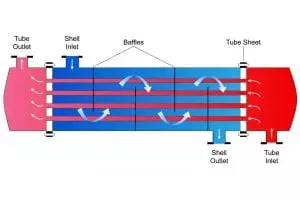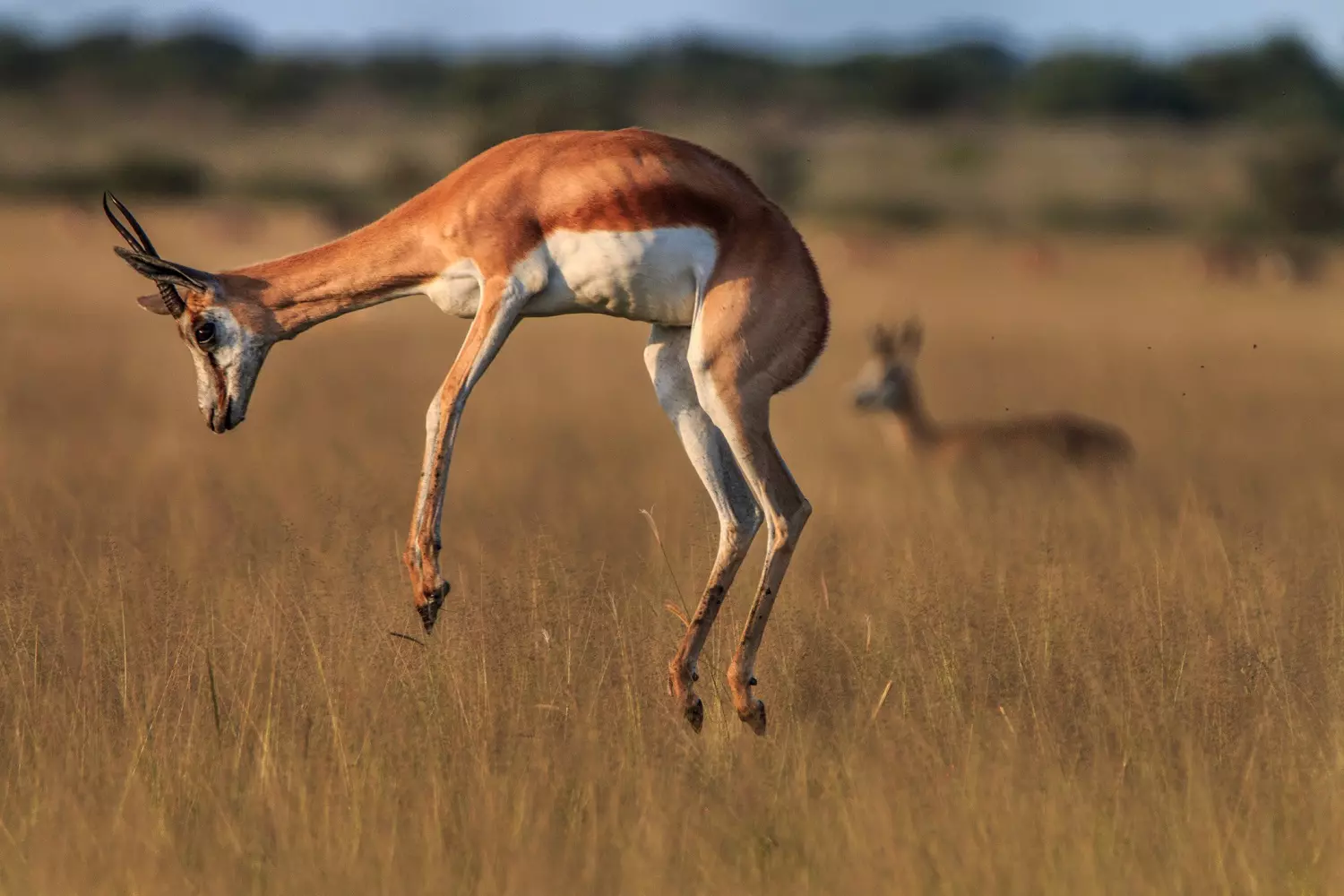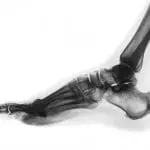[Originally published as Engineering The Gazelle]
Gazelle is the common name for a number of small antelopes of the family Bovidae and subfamily Antilopinae. They are characterized by a sandy color, with a streak of white or red on the side of the face. Both male and female gazelles typically have horns that are curved forward and are ringed base to tip.
Gazelles are of the order Artiodactyla (even-toed hooves) and are known for their speed and agility. These beautiful and amazing animals are found in areas of Africa and Asia generally on deserts or open plains. Many gazelles have the ability to “pronk,” where they leap straight up as much as ten feet. It is not clear why they do this, but it is likely a way to show enemies that they would be difficult to catch.
The subject of this article is “Engineering the Gazelle” and we will be looking at just two amazing aspects of the design of these animals that display the tremendous engineering involved:
Heat Transfer
Human mechanical engineers devote years of study and application to the above fields of endeavor. This is so that there will be advances in structures, machinery, and processes of all kinds. As a mechanical engineering student I devoted over one year at university to the study of heat transfer in thermodynamics and specific heat transfer courses. I learned that heat transfer is defined as the transmission of energy from one region to another as a result of a temperature difference between them. For the purposes of this article, the three distinct modes of heat transmission are conduction, radiation, and convection. Some examples of problems in heat transfer that human engineers might attempt to solve are:
- An air conditioning system for a commercial jet airliner
- A heat protection system for the return of a manned space vehicle from earth orbit
- A design for a nuclear power plant heating system using gaseous carbon dioxide as the working fluid
- A refrigeration system for a truck that is capable of carrying vegetables cross-country during the summer
These types of engineering problems require that engineers properly incorporate many aspects of the latest knowledge of heat transfer science, available engineering materials, and acceptable practice. As with all aspects of engineering, the solutions to these problems never evolve on their own out of nothing. The question is, why would we expect that the complex heat exchange system in the gazelle (to be described shortly) to have evolved from nothing?

When engineering a simple heat exchanger, like the one shown above, many aspects of design and manufacture must be taken into account to insure a practical and efficient outcome. Besides the actual equipment component design for manufacture, other parameters including desired temperature range, thermal conductivity of the exchange medium, and heat exchanger surface area must all be carefully calculated. After initial design is completed, then various shop and field tests on prototype and production models must be successful before the engineering job is done. Most people would understand that there is never any “evolution,” in the sense of the organic macroevolution promoted by Darwinism, which ever takes place in man-made engineering products or processes.
Next we will apply what was just stated to the aforementioned heat transfer problem in the gazelle. Most people know that animals like cheetahs and lions look at gazelles as a primary food source. Both of these types of predators are very fast runners. Cheetahs are capable of running at a speed of up to 60 miles per hour for a limited time (less than a minute). Lions are also short-burst runners able to run as fast as 50 miles per hour in short spurts. Antelopes, including gazelles, have been clocked at up to 55 miles per hour when chased by a predator. However, the advantage animals like the gazelle have is that they can sustain their top speeds for miles!
Chill Bro!
If a gazelle is going to be able to run at high speed for a considerable distance to evade predators, it must have an efficient heat transfer system that can cool its brain during the period of extreme exertion. It has been learned that they do indeed have such a system located within their heads. It consists of hundreds of small arteries that pass through a large pool of blood in the nasal passage. This pool of blood is cooled by inhaled air which cools the blood in the tiny arteries running through the pool. The cooled blood then recombines in a larger blood vessel that circulates into the brain.
This heat exchanger system must have been in place from the time of the first contact between the gazelles and the predators, or the gazelles would have quickly gone extinct. No engineer would think that a man-engineered heat exchanger could come into being by random-chance processes, so why should we accept the idea that the gazelle heat exchanger system did so? A better explanation is that the gazelle heat exchanger looks engineered because it was engineered by the Creator God at the time of the creation.
Biomechanics:
For over forty years of my engineering career I focused my work on the design, analysis, and manufacture of logging equipment, and various industrial overhead lifting systems. Therefore, I can appreciate the engineering that has gone into the vertebral columns of fast-running mammals like the gazelle and the cheetah. These animals rely on speed and agility for survival. Slower mammals like the elephant do not have the same requirements for speed and agility, so their vertebral columns have been designed with a much larger proportion of the backbone concentrated in the thoracic region. In contrast, gazelles, cheetahs and other similar mammals have longer lumbar vertebrae that are built for flexibility.
This vertebral design is necessary if the gazelle, the cheetah, and other similar types are going to be able to attain the speeds and agility required to survive. The image below shows the extent of the flexibility in the back bone attained by a cheetah when at full speed.
I think that these biomechanical concepts demonstrate that animals in the present world that depend on speed will need to maintain that capability since their survival depends on it. My expectation is that most of this capability was provided by the Creator, but that the original designs also allowed for some adaptation by the animals to changing environments over time.
When we consider the present-day conflict between the prey and the predator, we are reminded of the truth of the consequences of the rebellion of Adam that has led to the present survival-of-the-fittest world. Both the gazelle and the cheetah were originally designed to eat plants only and there was no conflict. After the fall, caused by the actions of man, everything has changed. Thankfully, the Creator God has sent a Redeemer for all of those who are willing to accept Him as Lord and Savior. We can now look forward to the time of the promised new earth when we can expect gazelles and cheetahs will run peacefully at full speed together according to the Creator’s original intent.






